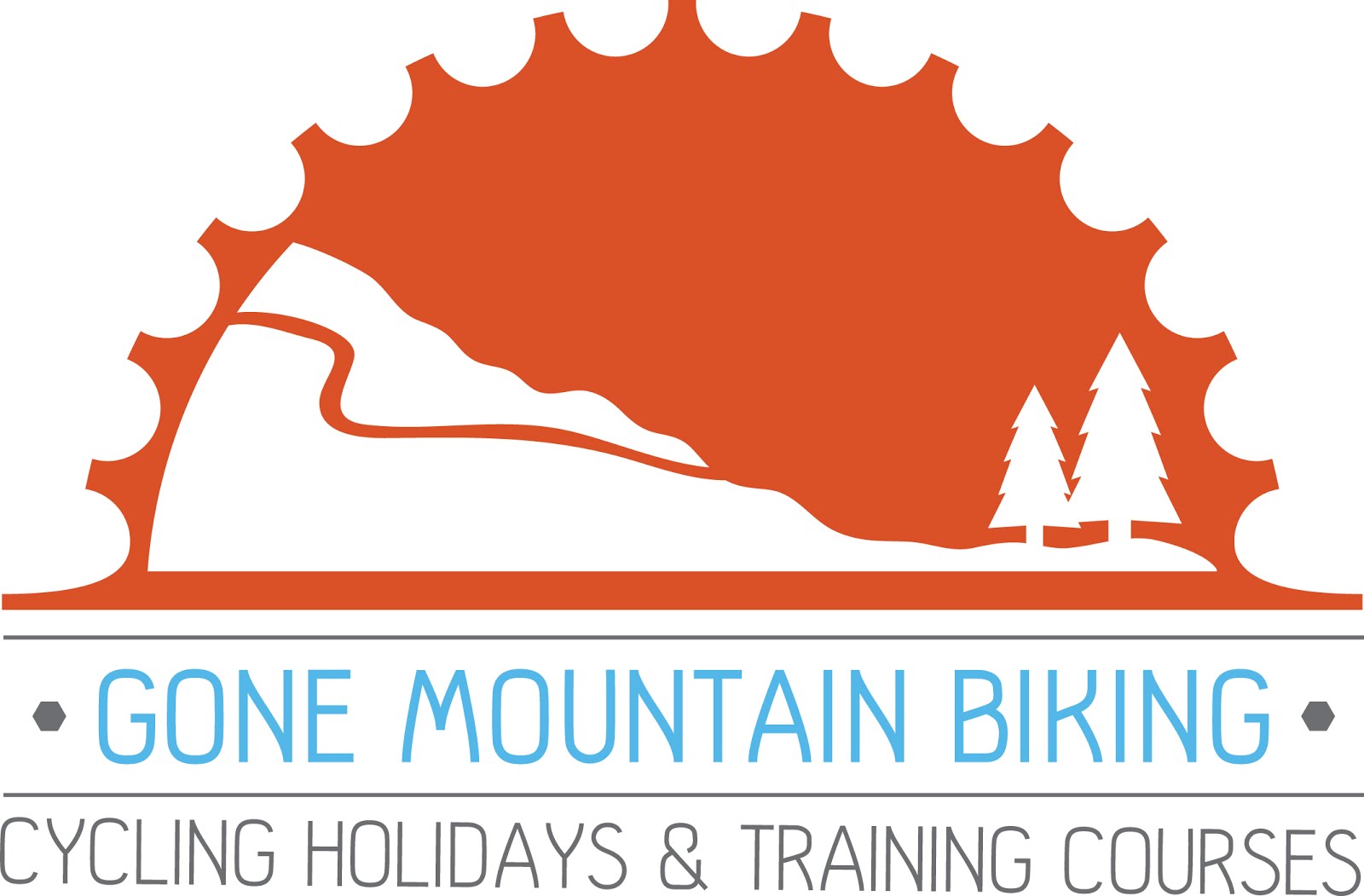 |
| A technical leader's best friend... |
We've been mountain biking since back in the day and have used dozens of packs over the years. Now we ride for a living though, the stakes are a little higher. We need a reliable pack designed to carry lots of gear and emergency kit comfortably and safely during long days in the saddle. If you've followed us or stayed on one of our MTB holidays you'll know we've long been fans of Wingnut packs for their innovative design and low centre of gravity. Sadly though, for bigger rides with loads of kit, we felt that the Wingnut Enduro was a bit unstable and straining under the load so we looked around and using some of our industry contacts we got hold of some Osprey packs. Read on to find out why...
We have a few packs in that our guests can demo (including the Talon and Verve) but the guide's pack of choice for us on big rides is the Osprey Escapist 30. For such a substantial pack it's fairly light and ours came in a little under the claimed weight of 0.9kg. Don't be too bothered about the pack weight though, super light packs don't carry lots of kit comfortably so it's about how it feels when it's on and how the weight is distributed.
Before we get to the fit, we should talk about using some of the features. Firstly, this pack is like a tardis! It doesn't look that big when empty but once you start to fill the compartments you'll be amazed. The main compartment is separated by a zipped divider about 1/2 way down allowing you easy front access to the lower section without having to unpack the whole thing and access all your kit from the top.
We use the lower section for an emergency shelter and first aid kit to allow quick access if we need it (hopefully never!). In the main section (top access) we put spare clothing, spare kit, food (lots of it!), map, compass etc (see our last blog for more about what we carry).
There's then a tool compartment which easily fits a pump, shock pump and tubes in mesh sections with space to spare for all manner of other emergency spare parts. It also has the obligatory key loop.
At the top there's also a large soft lined pocket for things like glasses or MP3 player (with access port). We keep keep glasses with coated lenses in their own case though as this pocket is also great for phone, torch, and energy bars.
On the outside of the pack there are three mesh stuff pockets which have straps and are great for stashing those excess layers as the pace hots up! The 'Lidlock' helmet clip is quite simply pure genius and the simplest way of carrying a non-full face helmet we've ever seen. If you ride in a full face lid you'll probably need to look at one of the other Osprey packs such as the Zealot. There's also a built in bright yellow rain cover which we use all the time for visibility as well as protection.
The waist straps have two great zip pockets that are perfect for multi-tools or quick access items so you don't have to take the pack off. They are occasionally a bit fiddly to open and close but you soon get used to them. On the shoulder straps there are loads of attachment points for add-ons such as camera pouches, compass etc. The phone pocket on the shoulder strap is a bit of a squeeze for an iPhone sized device (we keep ours in a waterproof case in the top compartment) but handy for other stuff non the less.
Finally, the fit has loads of adjustment including torso length (two pack sizes are also available) and the quick pull waist adjusters are very easy to use. The pack panel is firm but keeps its shape, helps distribute weight perfectly and lasts well without becoming floppy and unsupportive.
Fully loaded with guiding kit and a 3l bladder (not included but is the easily the simplest bladder on the market to insert when full, into a full pack) our pack weighs in at nineteen (yes 19!) pounds in old money and remains as stable on 'backside over the back wheel' drops and flat out rocky descents as it does on cheeky climbs!
Check one out, you won't be disappointed. Or better still, book on one of our MTB hols and we'll let you try one! Over and out....




